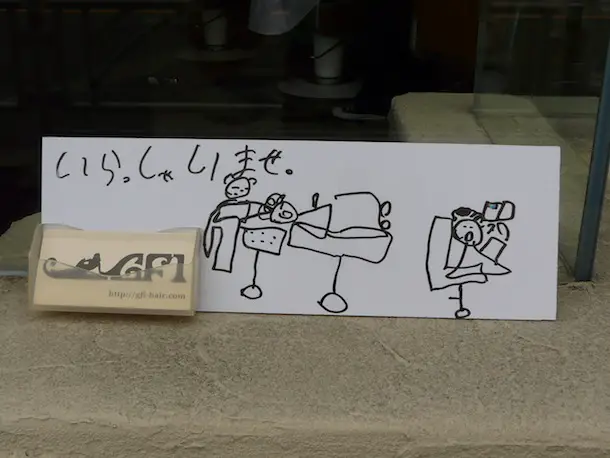What makes a city ‘livable’? The answer depends, at least in part, on the location of the city in question. In Sana’a, Yemen, water shortages are a frustratingly frequent occurrence, with seasonal rainfall causing major problems for the city’s residents. Yet one resident has seen an opportunity to address this challenge through the modification of existing buildings.
Long-term resident of Sana’a, Sabrina Faber, has developed a rainwater aggregation system which catches water from the city’s flat-roofed buildings, siphoning it off to water storage tanks on ground level. Tanks store between 10,000 and 50,000 litres of water, which can be filtered for drinking or used in the garden and home.
Sabrina’s idea won the Philips Livable Cities Award 2010/2011, with chair of the supervisory panel, Richard Florida, calling it: ‘a relatively simple concept that will have such a significant impact on the lives of so many people across the city of Sana’a. We’re looking forward to seeing her idea come to life and improving the health and well-being of the residents of Sana’a’. Unfortunately delayed by the political climate in Yemen, Sabrina’s idea is developing nonetheless. You can read more about it here.

Another simple, but potential transformative idea comes from James Kityo, with his shade stand concept for Kampala, Uganda. It’s easy to take bus shelters for granted, but some urban residents either have inadequate facilities to protect them from severe weather when waiting for public transport, or no facilities at all. Inspired by bus terminals in the UK and the prevalence of adverts for mobile phones in Uganda, James developed a shade stand to protect people from harsh sun and rain, while at the same time providing health education to local community members where most bus stops would have an advert. Shade stands like the one pictured below will hopefully be a thing of the past in Kampala, but James’ idea may have potential beyond Uganda. One happily-shaded user said: ‘this idea is good for cities all over the world. Most cities in Africa, Asia, Europe and even America have overlapping challenges’. Read more about James’ idea here.

Is your city overcrowded, with a lack of public space? Manuel Rapoport found that despite there being only 2.6 metres of green space per person in the city, this inadequate recreational space wasn’t stopping young people in Buenos Aires playing sports. They were just doing it on potentially dangerous roads instead. With most of the city’s residents living far from parks and poor public transport provisions further exaggerating the problem, Manuel designed a temporary recreation kit called Plaza Movil. Designed to be used on side roads during quiet traffic periods like weekends and bank holidays, Plaza Movil provides playground equipment for children and outdoor benches for those who are a bit too old for the swings. Find out more about Manuel’s idea here.


